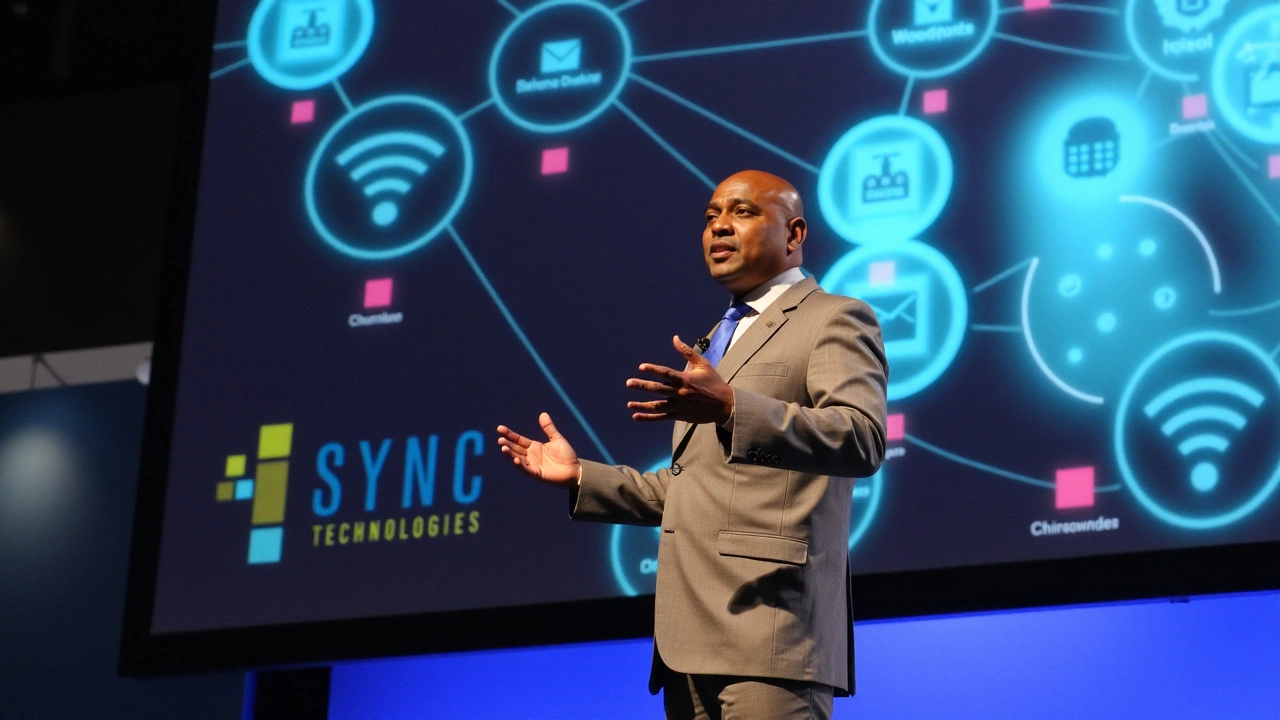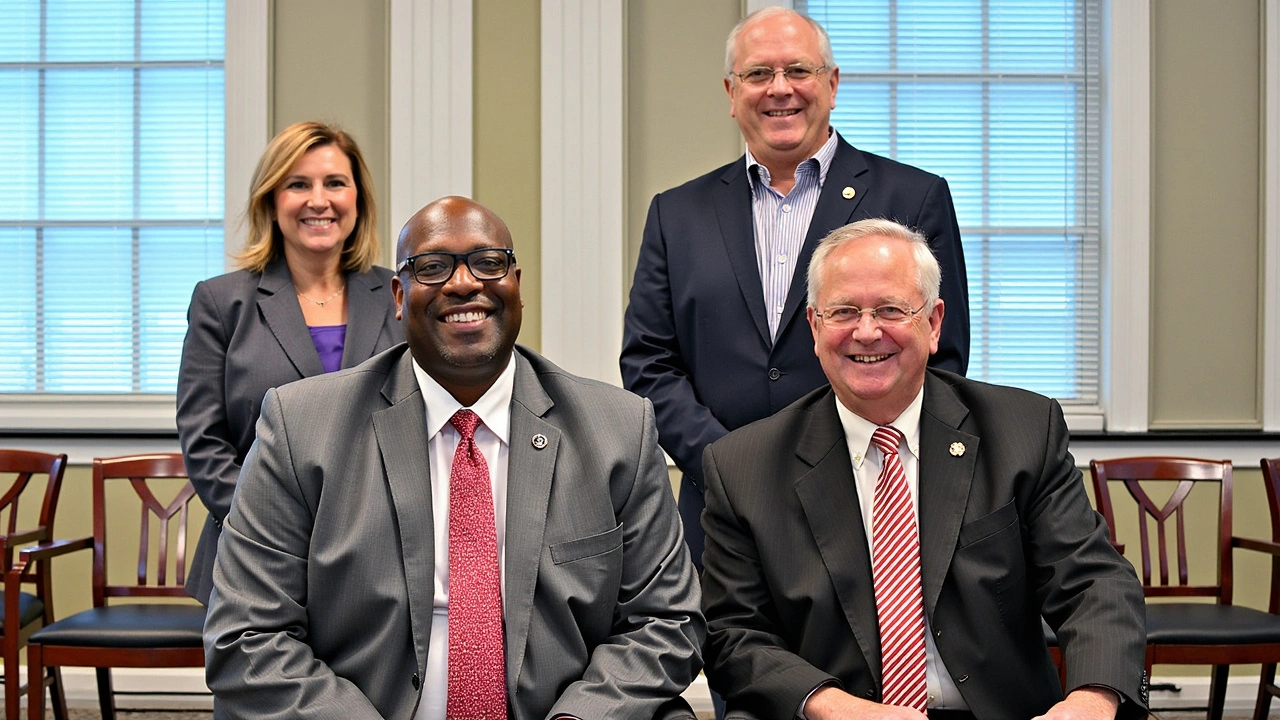Breaking New Ground in Educator Development
Troy University and Ozark City Schools have embarked on an ambitious partnership poised to make significant strides in the realm of educational development. This groundbreaking collaboration introduces an innovative Accelerated Dual Enrollment Program, a strategic initiative tailored to nurture potential educators from an early stage. By integrating college-level education programs within the high school curriculum, the partnership endeavors to mold a new generation of teachers equipped to tackle the educational challenges of tomorrow.
The Need for Innovative Solutions
In recent years, the education sector has grappled with an acute shortage of qualified teachers, a crisis that poses a direct threat to the quality of education students receive. The ramifications of this shortage are far-reaching, potentially affecting student performance and, by extension, societal progress. Reeivice Girtman, superintendent of Ozark City Schools, emphasizes the urgency for interventions, noting the impact that an educator's absence can have on the learning environment. Against this backdrop, the partnership between Troy University and Ozark City Schools emerges as a beacon of hope, promising to bridge the gap in the education workforce supply chain.
The Accelerated Dual Enrollment Program
Central to this initiative is the Accelerated Dual Enrollment Program, an educational model designed to provide high school students with a robust foundation in teaching. This program is not merely about classroom learning; it affords students a rare opportunity to engage with teacher education programs early. High school students enrolled in this program can earn college credits, fast-tracking their journey toward a degree in education. This blend of high school and college curriculum ensures that by the time these students graduate, they possess both a high school diploma and a considerable sum of college credits.

Benefits That Extend Beyond the Classroom
The advantages of this partnership reverberate beyond immediate educational benefits. For students, this program spell significant savings in terms of both time and tuition costs. Moreover, by immersing students in the education sector early on, the program inspires a sense of purpose and direction, fostering a passion for teaching that will carry them through their careers. For local schools and communities, this continuity promises a more consistent supply of motivated and prepared educators ready to make an impact in their classrooms.
A Collaborative Effort
This partnership is emblematic of the synergies that can be achieved when institutions unify their resources and expertise toward a common goal. Troy University brings to the table its comprehensive education curriculum, rich in both theory and practical insights. On the other hand, Ozark City Schools provide a dynamic learning environment, equipped to support the hands-on experiences necessary for effective teacher training. Together, these institutions exemplify the power of collaboration in overcoming systemic challenges, particularly in the face of educational adversity.

Fostering Long-Term Educational Impact
While the partnership sets its sights on immediate educational gains, the long-term objective remains resolutely future-focused. By cultivating a pipeline of educators who not only meet the current educational needs but are also equipped to adapt to changing pedagogical landscapes, the program shores up educational resilience. In doing so, it secures the vision of a community where education thrives with vigor and inclusivity, ensuring that every child, regardless of background, is afforded the opportunity to learn from passionate and capable educators.
In summary, the partnership between Troy University and Ozark City Schools rests at the forefront of educational innovation, a dynamic model that promises to redefine educator development for generations to come. It serves as a testament to what can be achieved when two educational powerhouses join forces to tackle pressing contemporary issues, steering the future of education towards a brighter, more sustainable horizon.

Awolumate Muhammed Abayomi
October 18, 2024 AT 08:06Disacthing this collab is real game changer.
Josh Tate
October 18, 2024 AT 08:08I think this partnership could finally plug the teacher shortage gap we've been worrying about. Giving students a head start on credits is smart, especially for families that can’t afford four more years of tuition. It also builds a sense of community when future teachers learn right where they'll work. Fingers crossed the schools have the resources to support it.
John Smith
October 18, 2024 AT 08:10Sure, sounds great on paper, but do we really know these high school kids are ready for college-level coursework? I bet the dropout rates will climb if expectations aren't managed.
Alex Soete
October 18, 2024 AT 08:11The idea of high schoolers earning college credits while still figuring out if they want to be teachers is pretty clever. It cuts down the time it takes to get a degree, which is a big win for folks cash‑strapped. Plus, getting a taste of the classroom early can weed out anyone who thinks teaching is all sunshine and rainbows. I like how Troy brings its solid curriculum and Ozark actually has the classrooms to test it out. Students will get hands‑on practice with lesson planning, which many education majors miss until grad school. The accelerated track also means schools get a steady pipeline of locals who already know the community. That's important because out‑of‑town teachers often leave after a few years, causing churn. Having teachers who grew up in the district could improve retention dramatically. From a policy standpoint, this partnership could be a model for other districts facing shortages. I can see the state education board taking notes and maybe funding similar programs elsewhere. One downside might be the pressure on high school students to commit to a career path so early. But if the program offers flexible electives and career counseling, that risk can be managed. The dual enrollment credits also give students a financial cushion, lowering tuition debt later. Overall, this seems like a win‑win that aligns educational goals with economic realities. Let's hope the implementation lives up to the hype and doesn't get bogged down by bureaucracy.
Cara McKinzie
October 18, 2024 AT 08:13OMG, another 'revolutionary' program? 🙄 It's just a fancy way to push kids into a career before they've even tried anything else. Honestly, I'm not buying the hype.
Joseph Conlon
October 18, 2024 AT 08:15Wow, that's optimistic, but what about the students who burn out? Not everyone thrives under accelerated pressure.
Mohit Singh
October 18, 2024 AT 08:16I see the benefits, but the program could also create a two‑tier system where only the privileged get the early start. The pressure might be too much for some. Still, it's a step forward if handled right.
Damian Liszkiewicz
October 18, 2024 AT 08:18👍 This looks promising! The dual enrollment could reduce tuition costs and get kids classroom‑ready faster. Plus, local schools get teachers who already know the community. 🤓 Let's keep an eye on the rollout!
Angela Arribas
October 18, 2024 AT 08:20Actually, 'dual enrollment' is hyphenated, not 'dual enrollment'. Also, 'students' should be possessive in 'students' experiences'.
Sienna Ficken
October 18, 2024 AT 08:21Oh yeah, because the world desperately needed another pipeline of teachers. 🌈 I guess we can all just sit back and watch the education crisis solve itself. Brilliant.
Zac Death
October 18, 2024 AT 08:23The program seems like a solid response to the teacher shortage, but we need to watch for unintended consequences. If students feel forced into teaching, morale could suffer. Also, funding must be transparent to avoid hidden costs. Community input should shape the curriculum to reflect local needs. Mentorship from current teachers will be crucial for real‑world learning. Evaluation metrics must go beyond enrollment numbers and look at student outcomes. In short, the concept is sound, execution will be the true test.
Lizzie Fournier
October 18, 2024 AT 08:25I hear you-metrics matter more than just headcounts. Let’s hope they set up proper assessments early on.
JAN SAE
October 18, 2024 AT 08:26So, what we're really talking about here is a strategic alignment of resources, right? It's a win‑win; students get credits, schools get future staff, and the university expands its reach. Keep an eye on the data!
Steve Dunkerley
October 18, 2024 AT 08:28Actually, it's 'win‑win' with an em dash, not a hyphen. Also, 'students' should be singular possessive in 'students' credits.'
Jasmine Hinds
October 18, 2024 AT 08:30Sounds promising!